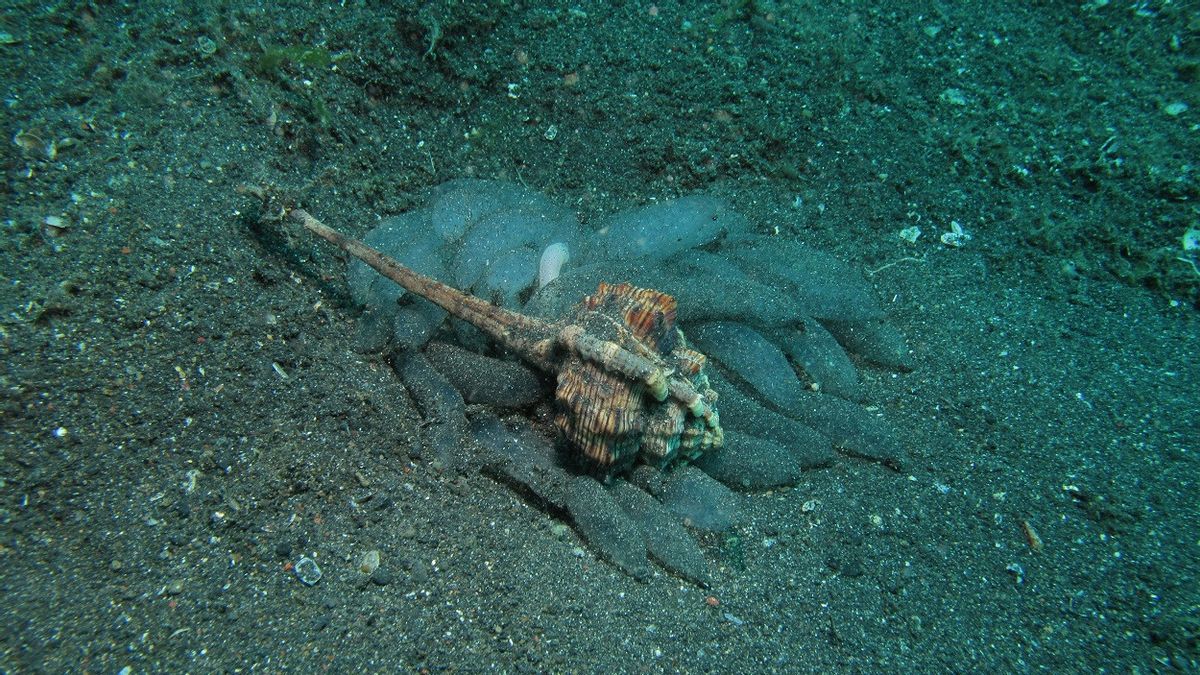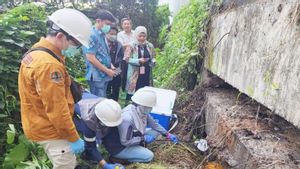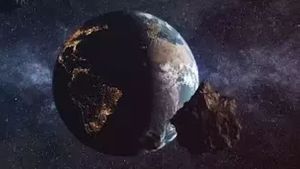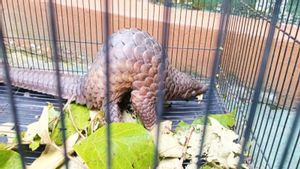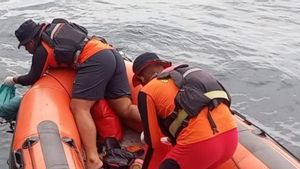JAKARTA - A Tunisian history buff makes dye from sea slug shells, inspired by a decades ago school project from ancient Carthage, and purple dyes that bring extraordinary riches to the world of the classics.
Mouhamad Ghassen Nouira works from a hut in his garden to process murex snails, using a technique first developed by the Phoenicians to produce a dye known as Tyrian purple, which sells online for around $2,500 per gram.
So expensive was the color that in ancient times the Romans restricted its use to the elite, whose purple fringed robes became the mark of the most powerful dynasty in the Mediterranean.
For the ancient Phoenicians, from modern-day Lebanon, the Tyrian purple trade helped build trading empires that established new colonies in the Mediterranean, including at Carthage, near modern Tunisia, under the mythical Queen Dido.
"This hobby started when I was a kid in history class studying the Canaanites, Phoenicians and Carthaginians, how they were famous for extracting purple from murex and costing more than gold," Nouira said.
Years later, he saw a dead murex on the beach and, remembering his history class, decided to experiment with how to make dye.
"From then on I started my adventure," he said.

Phoenician settlers are believed to have founded Carthage some 3,000 years ago, developing into one of the great powers of antiquity with a mighty navy, based in a nearly impenetrable port complex.
Under his greatest general Hannibal, who herded war elephants across Spain and across the Alps, Carthage nearly conquered Italy. But it was Roma who won in the end.
The town was later rebuilt by the Romans and is now a suburb of Tunis, with pillars of ancient buildings protruding along residential streets and the once mighty harbor housing small fishing boats, with shells of murex dotting the nearby shore.
As time went on, the secret of turning murex into Tyrian dye was gradually lost until some fans started trying to remake the formula.
Nouira spent 14 years looking for a way to produce dye from the murex snails she bought from local fishermen, extracting the glands, crushing the shells, fermenting and cooking them, until finally producing a small amount of purple powder.
It takes 54 kilograms of murex shell to produce one gram of Tyrian purple, making it difficult to be economically viable. Huge mounds of broken shells from the dye industry of centuries ago, are still found near the great centers of Phoenicia.
At first people criticized his new hobby, he says, complaining about the time and energy he put into it. But when he started getting results, people saw he was into something.
"Criticism turns into encouragement and that motivates me to keep going," added Nouira.
The English, Chinese, Japanese, Arabic, and French versions are automatically generated by the AI. So there may still be inaccuracies in translating, please always see Indonesian as our main language. (system supported by DigitalSiber.id)
